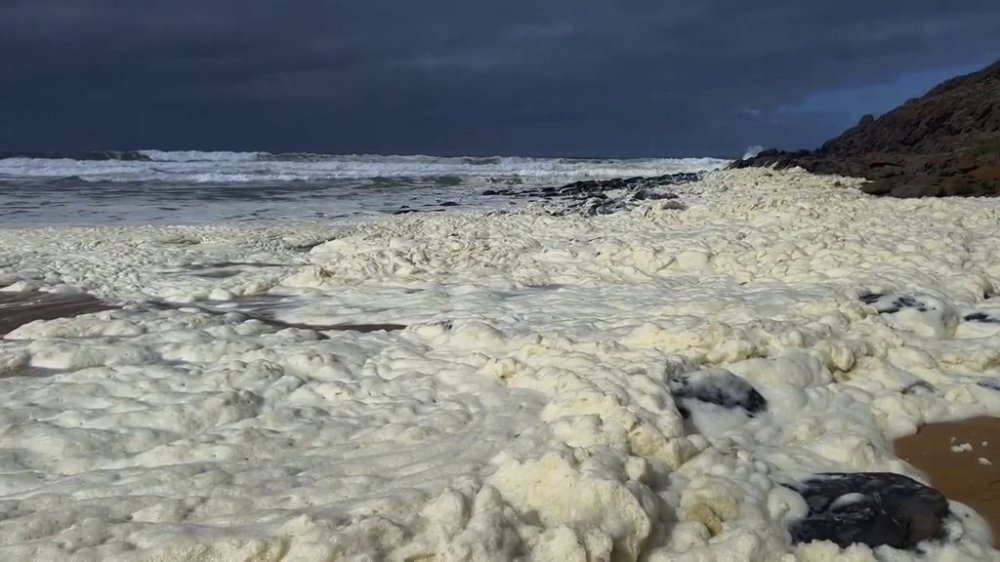Strange foam and dead fish wash ashore at 2 Australian beaches as surfers fall sick
Advertisement
Read this article for free:
or
Already have an account? Log in here »
To continue reading, please subscribe:
Monthly Digital Subscription
$0 for the first 4 weeks*
- Enjoy unlimited reading on winnipegfreepress.com
- Read the E-Edition, our digital replica newspaper
- Access News Break, our award-winning app
- Play interactive puzzles
*No charge for 4 weeks then price increases to the regular rate of $19.00 plus GST every four weeks. Offer available to new and qualified returning subscribers only. Cancel any time.
Monthly Digital Subscription
$4.75/week*
- Enjoy unlimited reading on winnipegfreepress.com
- Read the E-Edition, our digital replica newspaper
- Access News Break, our award-winning app
- Play interactive puzzles
*Billed as $19 plus GST every four weeks. Cancel any time.
To continue reading, please subscribe:
Add Free Press access to your Brandon Sun subscription for only an additional
$1 for the first 4 weeks*
*Your next subscription payment will increase by $1.00 and you will be charged $16.99 plus GST for four weeks. After four weeks, your payment will increase to $23.99 plus GST every four weeks.
Read unlimited articles for free today:
or
Already have an account? Log in here »
Hey there, time traveller!
This article was published 17/03/2025 (268 days ago), so information in it may no longer be current.
MELBOURNE, Australia (AP) — An Australian state closed two beaches after dead fish and an unusual off-white foam washed ashore while surfers reported feeling unwell, officials said on Tuesday.
A microalgal bloom created by unusual weather conditions was suspected to have sickened humans and marine life as well as creating the foam that has covered hundreds of meters (yards) of coastline, South Australian Environment Protection Authority principal scientific officer Sam Gaylard said.
“It is very concerning,” Gaylard told Australian Broadcasting Corp.

“It is unusual at this scale. At this time of year, when the weather conditions allow, we do occasionally get isolated blooms, but something of this scale is definitely a little bit unusual,” Gaylard added.
Waitpinga Beach and neighboring Parsons Beach, both south of the South Australia state capital Adelaide, have been closed to the public since Monday in response to a “fish mortality event in the area,” the Department for Environment and Water said in a statement.
“The beaches will be re-opened as soon as possible,” the department said.
Dozens of dead fish have reportedly been washed shore.
Surfers have been complaining since the weekend of getting sore eyes, sore throats and coughing after contact with the water, said local Anthony Rowland, who surfed at Waitpinga on Saturday.
“While we were out there, we started coughing,” Rowland said, referring to his surfing comrades. He said he was overwhelmed by the response from other surfers after posting his experience online.
“Lots of people reached out – so many people have said they’re had exactly the same symptoms,” Rowland said.
Marine scientists took water samples from the foam, which is a byproduct of the toxic organisms’ decay, on Monday, but it could take until the end of the week to identify the organism, Gaylard said.
A bloom of microalgae – microscopic, single-celled organisms – could have been caused by a recent extended period of hot and dry weather with little wind and low tides, Gaylard said.
A swell has picked up in the area since Sunday, and the turbulence could break up the algae while generating more foam, he said.
“At the moment, we’re not sure how long this will last,” Gaylard said.

